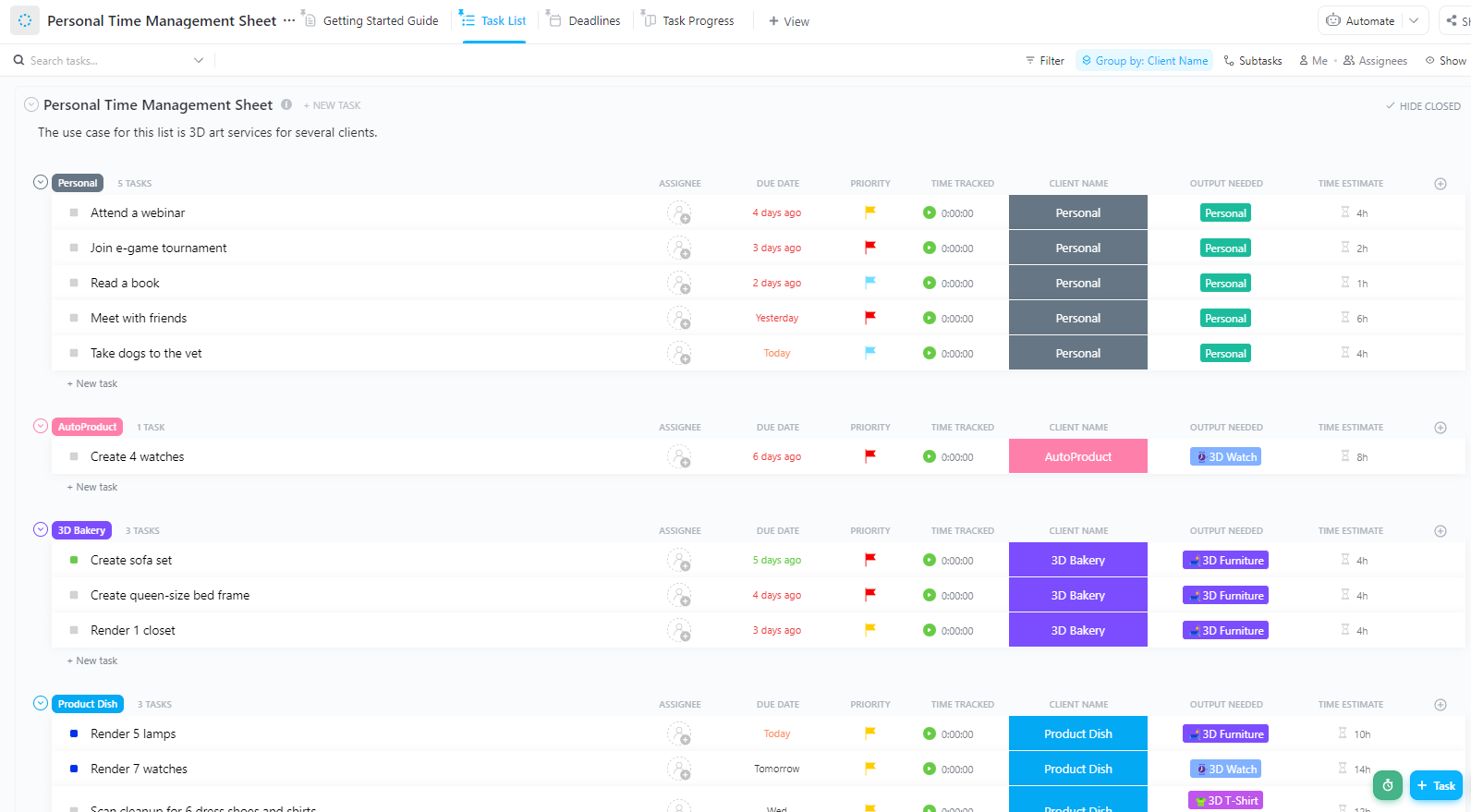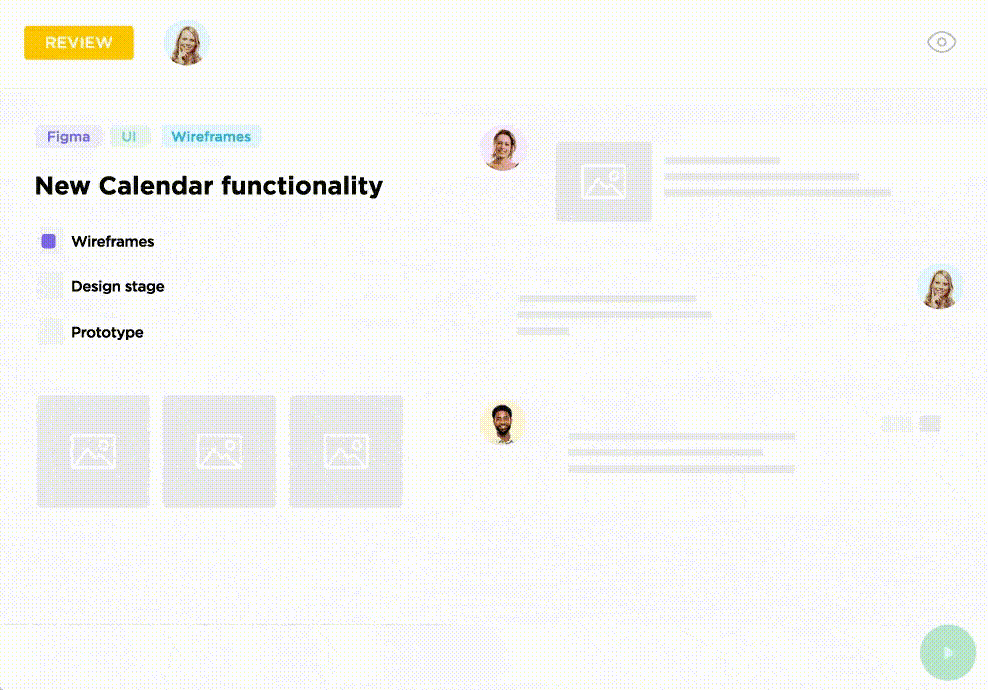How to Beat the Afternoon Slump?

Sorry, there were no results found for “”
Sorry, there were no results found for “”
Sorry, there were no results found for “”

Do you find yourself hitting a wall of exhaustion every afternoon just when you need to be most productive?
You’re not alone. Studies show that many people feel extremely sleepy between 1 p.m. and 3 p.m., which is often referred to as the afternoon slump. This dip in energy can impact your mood, productivity, and even your overall well-being.
Whether it’s due to inadequate nutrition, poor sleep, dehydration, or even sitting too long, understanding why the dreaded afternoon slump happens is the first step toward overcoming it.
In this blog, we’ll try to break down the entire phenomenon into causes, symptoms, actionable tips, and strategies.
The afternoon slump is that dip in energy and productivity you might experience between 1 p.m. and 3 p.m. It’s usually caused by natural changes in your body’s circadian rhythm, which regulates your sleep-wake cycle.
Around this time, your brain sends signals to slow down, leaving you tired, sluggish, and less focused. It can happen for various reasons, such as a blood sugar drop or your body’s natural circadian rhythm.
An afternoon slump is usually the result of fluctuating or poorly managed energy levels. People who tend to feel it struggle to maintain productivity levels throughout the day. On the other hand, people who manage their energy levels well, through strong habits and discipline, can work at a sustained pace or even experience triple peak days.
Let’s discuss the causes and symptoms in detail.
An afternoon slump is more than just feeling tired. It can impact productivity, mood, and even overall well-being.
Now, let’s dive deep into the symptoms, common causes, and strategies to overcome this daily hurdle and turn your afternoons into periods of heightened productivity and focus!
If these symptoms sound familiar, know that there are steps you can take to prevent and manage the afternoon slump. That begins with understanding the reasons behind it.
Nutrition plays a critical role in how energized or sluggish we feel throughout the day. What you eat for lunch has a direct impact on afternoon energy levels because it causes fluctuations in your blood sugar levels. Here’s how:
High-carbohydrate or sugary meals may cause a spike in blood sugar levels, or hyperglycemia, which leads to a quick boost in energy. Your pancreas then releases insulin to regulate it.
However, this is often followed by a sharp drop, a condition known as hypoglycemia, characterized by low blood sugar levels. When blood sugar levels drop, your body responds by reducing energy output, causing fatigue, lethargy, and, unfortunately, a craving for more high-sugar snacks.
Additionally, poor nutrition—like skipping meals or eating processed foods—can dramatically lower your productivity levels and also trigger afternoon slumps. Meals that lack protein or fiber tend to give you quick bursts of energy but don’t sustain it, leaving you feeling sluggish shortly after.
It’s not just physical causes that lead to afternoon fatigue. Mental health conditions such as anxiety, depression, and high stress levels can contribute significantly to an afternoon slump. Stress triggers the release of cortisol, which can disrupt your natural energy patterns. Constant mental strain tires the brain, leading to cognitive fatigue and burnout by mid-afternoon.
By understanding the symptoms and causes of an afternoon slump and making small adjustments in nutrition and stress management, you can keep your energy levels stable and stay productive throughout the day.
Whether you’re working from home, in an office, or running errands, this slump can derail your day. Luckily, there are some effective tips and tricks to combat it and keep your energy levels high and your productivity steady.
One of the simplest yet most overlooked ways to combat the afternoon slump is to stay hydrated. Dehydration can quickly sap your energy and leave you feeling lethargic. It’s essential to drink water throughout the day. Start by keeping a water bottle at your desk to remind yourself to stay hydrated.
Exercise is another natural energy booster. When you feel that dip, try incorporating some light movement or physical activity.🚶
Exercise improves blood circulation, which helps deliver more oxygen to your brain, boosting both physical and mental energy.
A quick nap of 10-20 minutes can do wonders for your energy levels. Power naps help restore alertness, enhance cognitive performance, and improve mood. If you didn’t get enough sleep the night before, a short snooze can help you compensate for the lack of a full night’s sleep.
Also, they’re scientifically proven to refresh your mind without interfering with a good night’s sleep. So, set aside a small break in the afternoon for a quick recharge and find a way to build strong, consistent sleep habits.
There are several ways to fight mental fatigue. A standing desk can be an effective solution. Since sitting in one place for a longer period can lead to a host of health issues, including weight gain, DVT (deep vein thrombosis), and heart trouble, standing desks are a great way to improve your health and change your posture.
It helps increase blood flow and reduces the sluggish feeling that comes with prolonged sitting. Switching between sitting and standing can break up monotony and improve concentration.
Standing desks have been shown to:
One of the best ways to stay productive is to break your work into manageable chunks. The Pomodoro Technique involves working for 25 minutes, followed by a 5-minute break. After four cycles, you take a longer break (15-30 minutes). This time management method not only keeps you focused but also prevents burnout, helping you avoid the afternoon slump.
Here’s how you can try it:
This approach helps manage your energy better by giving you short, regular breaks.

💡Pro Tip: Check out these time blocking apps to help you focus and maintain a healthy schedule.
Staying organized is a huge factor in beating the afternoon slump. Feeling overwhelmed or scattered can worsen fatigue. That’s where ClickUp comes in. This powerful project management tool helps you stay organized, manage your workload, and track deadlines.
Here are some key ClickUp features that can help boost productivity and manage the afternoon slump:




⚡️ Template Archive: Apply these time-blocking templates to your productivity tool so you don’t have to set up a schedule from scratch.
What you eat in the afternoon can either fuel your productivity or deepen your slump. Try to eat a healthy lunch that’s well-balanced with adequate protein, fiber, and complex carbohydrates. Then, when you feel the munchies in the afternoon, instead of reaching for sugary snacks, opt for healthy options that provide sustained energy.
Healthy snack ideas include:
These snacks provide a mix of protein, fiber, and healthy fats, keeping your blood sugar stable and energy levels consistent. A recent study also suggested that people who ate healthy were 25% more likely to perform better at their workplaces.
A change of environment can do wonders for beating the afternoon slump. If possible, step outside for a few minutes to get some fresh air and sunlight. Natural light is known to improve mood and boost energy levels, apart from being the most natural way to get your dose of Vitamin D.
Fresh air invigorates the body and may even help improve immunity levels (provided it’s not too polluted outside). Even a short 10-minute walk outdoors can refresh your mind and help you return to work feeling more energized.
Just ensure you carry (or wear) enough sun protection!
Sometimes, the afternoon slump is mental rather than physical. Practicing mindfulness or meditation can help re-energize your mind. Taking just 5-10 minutes to take deep breaths or meditate can help reduce stress, clear brain fog, and restore focus.
Beating the afternoon slump doesn’t require a drastic change. Small tweaks to your routine, such as staying hydrated, building good sleep habits, getting a bit of exercise, and managing your time effectively, can make a significant difference in maintaining your energy and productivity.
Utilizing powerful tools like ClickUp with features like ClickUp Brain, ClickUp Goals can help you create a productivity plan that is customized to your needs and energy levels.
By integrating these tips into your daily routine, you’ll be able to power through the afternoon with more energy and clearer focus. Remember, the key is to stay organized and break the day into manageable chunks, allowing both your body and mind to recharge when needed.
Sign up for ClickUp to do all of this and more!
© 2025 ClickUp